Home>Storage Ideas>Storage Baskets>Why Are My Hanging Baskets Dying?
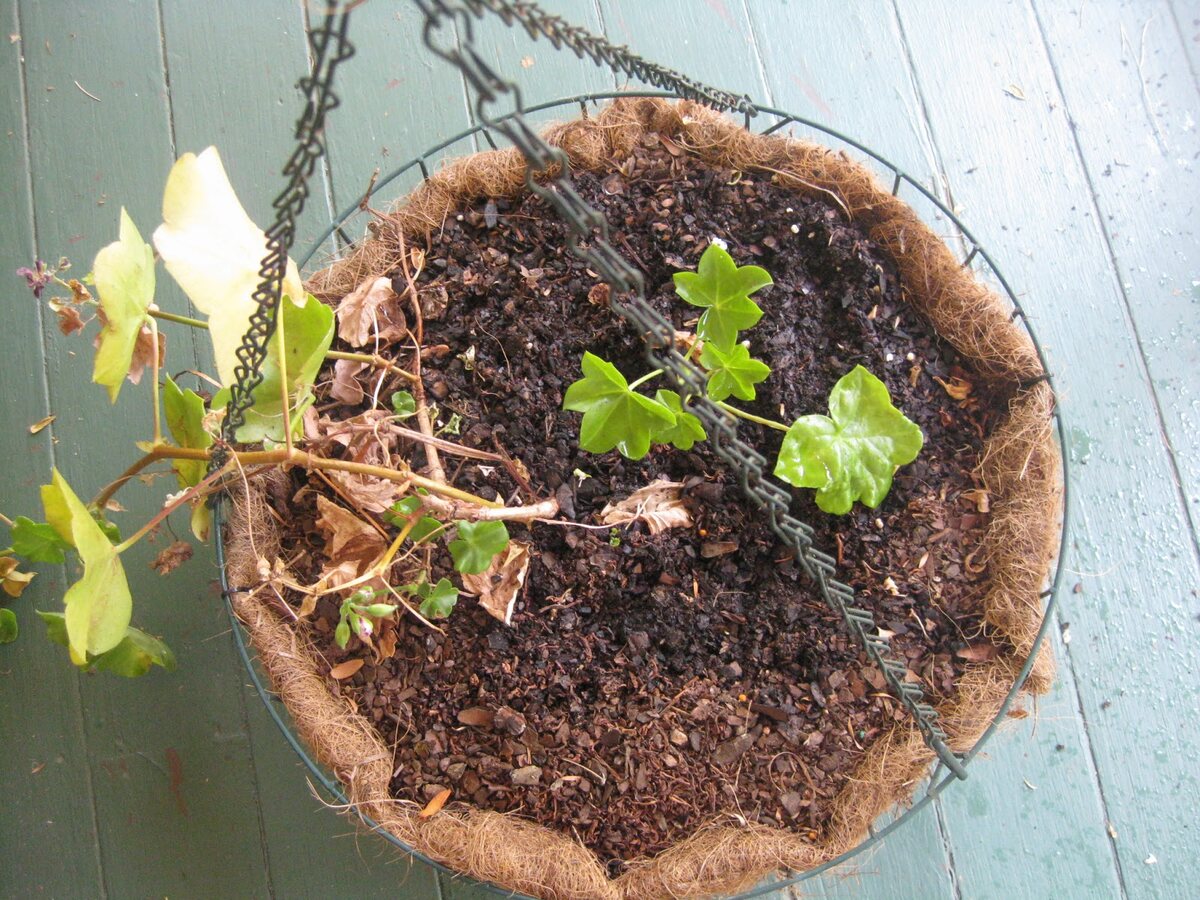

Storage Baskets
Why Are My Hanging Baskets Dying?
Modified: October 28, 2024
Discover why your hanging baskets are dying and find solutions to revive them. Explore our selection of storage baskets to help maintain the health and vitality of your plants.
(Many of the links in this article redirect to a specific reviewed product. Your purchase of these products through affiliate links helps to generate commission for Storables.com, at no extra cost. Learn more)
Introduction
Hanging baskets can be a beautiful addition to any home or garden, adding a touch of color and vibrancy to your space. However, it can be disheartening to discover that your hanging baskets are not thriving as you had hoped. There are several reasons why your hanging baskets may be dying, and in this article, we will explore the common causes and provide solutions to help you revive your plants.
Whether you are a seasoned gardener or a beginner, understanding the reasons behind the decline of your hanging baskets is essential. By identifying the root cause, you can take appropriate measures to address the issue and prevent further deterioration.
In this comprehensive guide, we will delve into the various factors that can contribute to the deterioration of your hanging baskets. From lack of water to improper placement, we will cover it all so you can have a better understanding of how to properly care for and maintain your hanging baskets.
So, if you have been wondering why your once beautiful hanging baskets are now withering away, keep reading. By the end of this article, you will have the knowledge and tools necessary to revive your hanging baskets and enjoy beautiful and thriving plants.
Key Takeaways:
- Ensure your hanging baskets thrive by establishing a consistent watering routine, checking soil moisture, and choosing the right soil mix to prevent issues like under-watering, overwatering, and poor drainage.
- Protect your hanging baskets from temperature extremes, pests, diseases, and neglect by providing suitable placement, regular maintenance, and balanced nutrient supply for vibrant and healthy plants.
Read more: Why Is My Thyme Dying
Lack of Water
One of the most common reasons why hanging baskets may be dying is a lack of water. Plants in hanging baskets require regular watering to stay hydrated, especially during warmer seasons or in dry climates. If your plants are not receiving enough water, they will begin to wilt and eventually die.
It is important to develop a watering routine and ensure that your hanging baskets are receiving adequate moisture. The frequency of watering will depend on various factors such as the type of plants, the size of the basket, and the weather conditions in your area.
When watering your hanging baskets, it is crucial to water them thoroughly. Simply sprinkling a little water on the surface will not be sufficient, as the water may not reach the root system. Instead, water until you see water draining out from the bottom of the basket, ensuring that the soil is evenly moist.
Another helpful tip is to check the moisture level of the soil before watering. Stick your finger about an inch into the soil, and if it feels dry, it is time to water. However, if the soil feels moist, it is best to hold off on watering for a day or two.
Remember that certain factors such as the size of the basket, the type of plants, and the weather conditions can affect the watering needs. Hanging baskets with smaller containers will dry out quicker, while plants in larger baskets may have better moisture retention. Additionally, during hotter or windier days, you may need to water more frequently to prevent the soil from drying out.
Overall, establishing a consistent watering schedule and paying attention to the moisture needs of your hanging baskets will help prevent the issue of under-watering and ensure your plants receive the necessary hydration to thrive.
Overwatering
While lack of water can be detrimental to hanging baskets, overwatering can be equally harmful. Overzealous watering can lead to root rot and create an environment conducive to the growth of fungus and other pathogens. This can cause the roots of your plants to suffocate and ultimately result in their demise.
One of the main reasons for overwatering is the failure to permit proper drainage. If your hanging baskets do not have sufficient drainage holes or the holes are blocked, excess water will accumulate in the soil and drown the roots. It is crucial to ensure that your baskets have proper drainage to prevent waterlogging.
Additionally, it is essential to avoid the temptation to water your hanging baskets on a set schedule without considering the specific needs of the plants. Each plant has different moisture requirements, and factors such as the type of plant, weather conditions, and the size of the basket need to be taken into account.
To determine if your hanging baskets are being overwatered, check the soil regularly. If the soil feels consistently wet or waterlogged, it is a clear indication that you are overwatering. In such cases, it is best to allow the soil to dry out before watering again. It may also be helpful to adjust your watering schedule to accommodate the needs of your plants.
Moreover, be cautious of watering your hanging baskets during rainy periods. If outdoor baskets are already receiving ample moisture from rainfall, additional watering could lead to overhydration. Monitor the weather forecast and adjust your watering accordingly.
Remember, finding the right balance is key. The goal is to provide enough water for the plants to thrive without drowning their roots. Keeping a close eye on the soil moisture and adjusting your watering habits accordingly will help prevent the issue of overwatering and promote healthier growth in your hanging baskets.
Insufficient Drainage
Insufficient drainage is another common issue that can result in the decline of your hanging baskets. Proper drainage is vital for the health of your plants as it allows excess water to escape and prevents waterlogging, which can lead to root rot and other root-related diseases.
If your hanging baskets do not have adequate drainage, excess water will accumulate in the bottom of the container, saturating the soil and suffocating the roots. This can cause the roots to rot and compromise the overall health of the plant.
To ensure sufficient drainage, it is essential to choose hanging baskets with sufficient drainage holes at the bottom. These holes allow excess water to escape, preventing water buildup. If your current baskets do not have drainage holes, you can drill a few holes in the bottom to create adequate drainage.
In addition to having drainage holes, it is helpful to place a layer of stones, broken pottery, or a drainage layer at the bottom of the hanging basket. This layer will help facilitate the flow of water out of the container while preventing the soil from clogging the drainage holes.
Another strategy to enhance drainage is to use well-draining soil mix. This type of soil mix allows water to flow freely while providing the necessary nutrients for plant growth. Avoid using heavy, clay-based soils that tend to retain excessive moisture. Instead, choose a lightweight potting mix specifically formulated for container gardening.
Regularly checking the drainage holes and clearing any debris or soil blockages is also important. Over time, debris can accumulate and hinder proper water flow. By ensuring that the drainage holes are free from obstructions, you can prevent potential drainage issues and maintain a healthy environment for your plants.
Overall, proper drainage is essential to prevent waterlogging and promote healthy root growth. By choosing hanging baskets with adequate drainage, layering the bottom with drainage materials, using well-draining soil mix, and regularly maintaining the drainage holes, you can overcome the challenge of insufficient drainage and provide optimal conditions for your hanging basket plants to thrive.
Improper Soil Choice
The choice of soil for your hanging baskets plays a pivotal role in the health and vitality of your plants. Using the wrong type of soil can hinder root development, impede nutrient uptake, and affect overall plant growth. Therefore, it is crucial to select the appropriate soil mix for your hanging baskets.
When it comes to hanging baskets, lightweight and well-draining soil is ideal. This type of soil allows for proper aeration and prevents waterlogging, ensuring that the roots have access to oxygen. It also allows excess water to drain freely, reducing the risk of root rot.
One common mistake is using garden soil or heavy clay-based soil in hanging baskets. These types of soil tend to be dense, lack adequate drainage, and can quickly become compacted. Compacted soil restricts root growth, prevents air circulation, and hinders absorption of essential nutrients.
Instead, opt for a high-quality potting mix specifically designed for container gardening. Potting mixes are formulated to be lightweight, well-draining, and nutrient-rich. They often contain a blend of ingredients such as peat moss, perlite, vermiculite, and compost, offering an ideal balance of aeration, drainage, and nutrient retention.
You can also consider adding organic matter, such as compost or well-rotted manure, to improve the soil structure and provide additional nutrients. Organic matter helps to retain moisture and promotes beneficial microbial activity in the soil, creating a favorable growing environment for your plants.
Remember, it is essential to regularly monitor the condition of the soil in your hanging baskets. If the soil becomes compacted over time, gently loosening it with a fork or your fingers can help improve drainage and root penetration.
By selecting the right soil mix and regularly maintaining its quality, you can provide your hanging basket plants with the optimal growing conditions they need to thrive. Proper soil choice is a fundamental aspect of successful basket gardening and can significantly impact the health and longevity of your plants.
Read more: Why Is My Grass Dying In Winter
Lack of Nutrients
Nutrient deficiency is a common issue that can contribute to the decline of hanging basket plants. Like any other living organism, plants require a balanced supply of essential nutrients for proper growth and development.
If your hanging baskets are not receiving adequate nutrients, the plants will exhibit signs of nutrient deficiencies, such as yellowing leaves, stunted growth, and overall poor health. This can result in a decline in the plant’s vigor and ultimately lead to its demise.
One way to address this issue is to ensure that you are using a nutrient-rich soil mix. As mentioned earlier, using a high-quality potting mix specifically designed for container gardening will provide a good foundation of nutrients for your plants. Additionally, incorporating organic matter such as compost or well-rotted manure into the soil can further enrich it with essential nutrients.
In addition to providing a nutrient-rich soil, regular fertilizer application is vital for hanging basket plants. Fertilizers provide an extra boost of nutrients, ensuring that your plants have a consistent supply. There are various types of fertilizers available, including slow-release granular fertilizers and liquid fertilizers. Choose a fertilizer specifically formulated for flowering plants and follow the instructions for application.
It is important to note that while nutrients are essential, it is equally crucial not to over-fertilize your hanging baskets. Excessive fertilizer application can lead to nutrient burn, causing leaf scorching, root damage, and even plant death. Always read and follow the instructions on the fertilizer packaging to avoid over-fertilization.
Regular monitoring of your plants for signs of nutrient deficiency is also crucial. Yellowing leaves, stunted growth, and poor overall plant health can be indications of nutrient deficiencies. If you notice such symptoms, consider adjusting your fertilizer regimen or consulting a local garden center or plant expert for guidance.
Remember, different plants have different nutrient requirements, so understanding the specific needs of your hanging basket plants is essential. Providing them with a balanced supply of nutrients will go a long way in maintaining their health, promoting robust growth, and increasing their chances of thriving.
Ensure your hanging baskets have proper drainage to prevent waterlogged soil. Water regularly, but allow excess water to drain out to avoid root rot. Also, consider the right amount of sunlight for the specific plants in your baskets.
Temperature Extremes
Temperature extremes can have a significant impact on the health and well-being of your hanging basket plants. Drastic fluctuations in temperature, whether too hot or too cold, can cause stress to the plants and hinder their growth and survival.
Extreme heat can be particularly challenging for hanging baskets, as they are often exposed to direct sunlight and can become overheated. High temperatures can lead to excessive moisture loss, wilting of leaves, and even scorching of plant tissue.
To protect your hanging baskets from extreme heat, consider placing them in locations that offer some shade during the hottest parts of the day. This can help reduce the intensity of sunlight and minimize the risk of heat stress. Additionally, providing sufficient water to keep the soil consistently moist can help cool down the plants and prevent dehydration.
In contrast, extreme cold temperatures can pose a threat to hanging basket plants, especially if they are not suited for cold conditions. Frost and freezing temperatures can damage plant cells, leading to browning or wilting of leaves, and in severe cases, death of the plant.
If you live in an area with cold winters, it is important to select hanging basket plants that are cold-hardy or consider bringing them indoors when the temperature drops significantly. Alternatively, you can take measures to protect your hanging baskets from frost, such as covering them with frost cloth or bringing them into a sheltered area.
Proper insulation can also help mitigate the effects of extreme temperatures. Consider using baskets with insulation properties or lining the baskets with insulating materials to create a barrier against temperature fluctuations.
It is important to note that different plants have different temperature preferences, so understanding the specific temperature requirements of your hanging basket plants is crucial. Choose plants that are suitable for your climate and consider their tolerance to temperature extremes.
By providing adequate protection against extreme temperatures and selecting plants that can withstand your local climate, you can help ensure the health and longevity of your hanging baskets, even in challenging weather conditions.
Pests and Diseases
Pests and diseases can wreak havoc on your hanging basket plants, causing damage, discoloration, and even death if left untreated. It is crucial to be proactive in identifying and addressing pest and disease issues to protect the health of your plants.
Common pests that can affect hanging baskets include aphids, mealybugs, spider mites, and whiteflies. These insects can feed on the plant’s sap, weaken its overall health, and transmit diseases. Signs of pest infestation include yellowing leaves, distorted growth, and the presence of small insects on the plant or in the soil.
To control pests, regularly inspect your hanging baskets for signs of infestation. If you notice pests, you can try insecticidal soap or horticultural oils designed to target these specific pests. Follow the instructions on the product label for proper application.
In some cases, manual removal of the pests by gently wiping them off the leaves with a damp cloth or spraying them off with water may suffice. Introducing beneficial insects such as ladybugs or lacewings can also help keep pest populations under control.
Diseases can also pose a significant threat to hanging basket plants. Common diseases include fungal infections like powdery mildew, root rot, and bacterial blight. These diseases often thrive in humid conditions and can spread rapidly if not addressed.
To prevent diseases, it is important to promote good airflow around your hanging baskets. Avoid overcrowding plants, as this can create a conducive environment for fungal growth. Watering at the base of the plant rather than overhead can also help minimize moisture on the foliage, reducing the risk of fungal infections.
If you notice signs of a disease, such as brown spots on leaves, wilting, or unusual discoloration, it is important to take action promptly. Remove and dispose of infected plant parts to prevent the disease from spreading. You can also apply appropriate fungicides or bactericides as recommended for specific diseases.
Regular monitoring of your hanging baskets for signs of pests and diseases is crucial for early detection and effective treatment. Maintaining proper plant hygiene, maintaining a healthy growing environment, and implementing preventive measures can help minimize the risks and keep your plants thriving.
Improper Placement
The placement of your hanging baskets plays a crucial role in their overall health and well-being. Improper placement can expose your plants to unfavorable conditions, such as excessive sunlight, strong winds, or overcrowding, which can negatively impact their growth and survival.
One common mistake is placing hanging baskets in areas with excessive direct sunlight. While some plants thrive in full sun, others prefer partial shade. It is important to understand the light requirements of your hanging basket plants and choose the appropriate location accordingly. Placing sun-loving plants in shady areas or shade-loving plants in direct sunlight can lead to leaf burn, wilting, and overall stress on the plants.
Similarly, exposure to strong winds can be detrimental to hanging baskets. Wind can dry out the soil rapidly, leading to moisture stress for the plants. It can also cause physical damage to the foliage and flowers. Placing your hanging baskets in locations that are sheltered from strong winds, such as near walls or under the cover of trees or pergolas, can help protect them from these adverse effects.
Additionally, overcrowding your hanging baskets or placing them too close to other plants can restrict airflow and create a humid environment. Poor air circulation can increase the risk of diseases such as powdery mildew or fungal infections. It is important to allow sufficient space between your hanging baskets and neighboring plants to promote proper airflow and minimize the risk of disease transmission.
Consider the microclimate of your outdoor space when choosing the placement for your hanging baskets. Take into account factors such as temperature, humidity, and wind patterns. Observing your outdoor area throughout the day can help you identify the spots that receive the ideal amount of light, protection from wind, and appropriate air circulation.
Furthermore, consider the convenience of placement when it comes to watering and maintenance. Hanging baskets that are placed too high may be challenging to reach and adequately water. Ensure that your hanging baskets are at a height that allows for easy access and maintenance.
By choosing the right location for your hanging baskets and taking into account factors such as light, wind exposure, proper spacing, and convenience, you can provide optimal growing conditions for your plants and promote their overall health and vitality.
Read more: Why Did My Grass Die
Neglect or Poor Maintenance
Neglecting or failing to provide proper maintenance for your hanging baskets can have a significant impact on their health and longevity. Regular care and attention are essential to ensure that your plants thrive and continue to add beauty to your space.
Watering is one of the most crucial aspects of maintenance for hanging baskets. Neglecting to water your plants regularly or inconsistently can lead to stress, wilting, and eventually, plant decline. Develop a watering routine and pay attention to the moisture needs of your plants, adjusting as necessary based on factors such as the type of plant, weather conditions, and the size of the basket.
Similarly, improper pruning or neglecting to prune your hanging basket plants can hinder their growth and flowering potential. Regularly remove dead or wilted foliage, spent flowers, and any damaged or diseased parts. Pruning not only enhances the overall aesthetic appeal of your hanging baskets but also promotes healthier growth and encourages the development of more blooms.
Fertilizing your hanging baskets is another essential aspect of maintenance. Providing your plants with a balanced supply of nutrients ensures their continued growth and vitality. Follow the recommended fertilization schedule for the specific plants in your hanging baskets and avoid over-fertilizing, as this can lead to nutrient burn and damage to the plants.
Regularly inspect your hanging baskets for pests and diseases. Early detection and prompt treatment can prevent pests and diseases from spreading and causing serious damage. Regularly monitor the plants for any signs of infestation or disease, such as discolored leaves, holes in the foliage, or unusual spots. Take appropriate action, such as using environmentally-friendly pest control methods or applying fungicides as needed.
Proper grooming and maintenance also involve periodically assessing your hanging baskets for overall plant health and making adjustments as necessary. This can include rearranging the positioning of the baskets to ensure balanced growth, providing additional support for trailing plants, or repotting when the plants outgrow their containers.
Lastly, be mindful of local weather conditions and make necessary adjustments to protect your hanging baskets. This may involve providing shelter during extreme weather events, such as heavy rain, hail, or frost, or moving the baskets to a more suitable location temporarily.
By providing regular care and adopting good maintenance practices, you can ensure that your hanging baskets remain healthy and beautiful throughout the growing season. Proper watering, pruning, fertilizing, pest control, and overall upkeep will go a long way in maintaining the health and vibrancy of your hanging basket plants.
Conclusion
Hanging baskets can be a stunning addition to your home or garden, but they require proper care and attention to thrive. Understanding the common challenges that can lead to the decline of your hanging baskets is the first step in maintaining their health and vitality.
From issues like lack of water and overwatering to improper soil choice and insufficient drainage, each factor plays a role in the overall well-being of your plants. Temperature extremes, pests, diseases, improper placement, and neglect or poor maintenance can also contribute to the decline of your hanging baskets.
However, armed with knowledge and the right techniques, you can overcome these challenges and revive your hanging baskets. Avoiding under-watering or overwatering by establishing a regular watering routine and paying attention to the moisture needs of your plants is crucial. Ensuring proper drainage and selecting the right soil mix promotes adequate root health.
Providing the necessary nutrients through a balanced fertilization regimen and addressing issues of temperature extremes by choosing suitable plants and protecting them from harsh conditions are essential. Additionally, being vigilant about pests and diseases and practicing regular maintenance such as pruning, grooming, and timely care can greatly improve the health and longevity of your hanging baskets.
In conclusion, by understanding the unique needs of your hanging basket plants and implementing the appropriate care strategies, you can enjoy thriving and vibrant plants. Whether you are a seasoned gardener or just starting out, proper care and maintenance will ensure that your hanging baskets continue to add beauty and color to your space throughout the season. So, take the time to nurture your hanging baskets and you will be rewarded with a stunning display of nature’s beauty right at your fingertips.
Frequently Asked Questions about Why Are My Hanging Baskets Dying?
Was this page helpful?
At Storables.com, we guarantee accurate and reliable information. Our content, validated by Expert Board Contributors, is crafted following stringent Editorial Policies. We're committed to providing you with well-researched, expert-backed insights for all your informational needs.
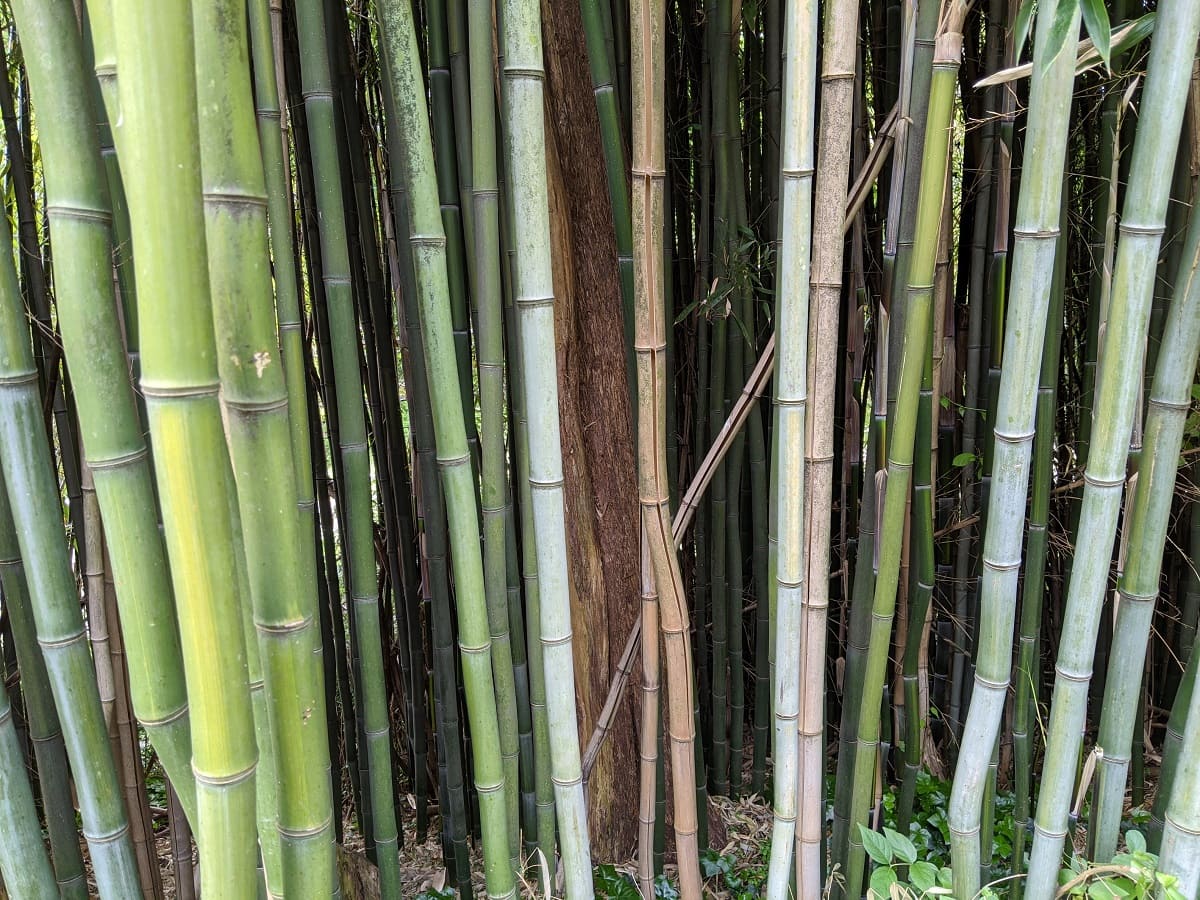
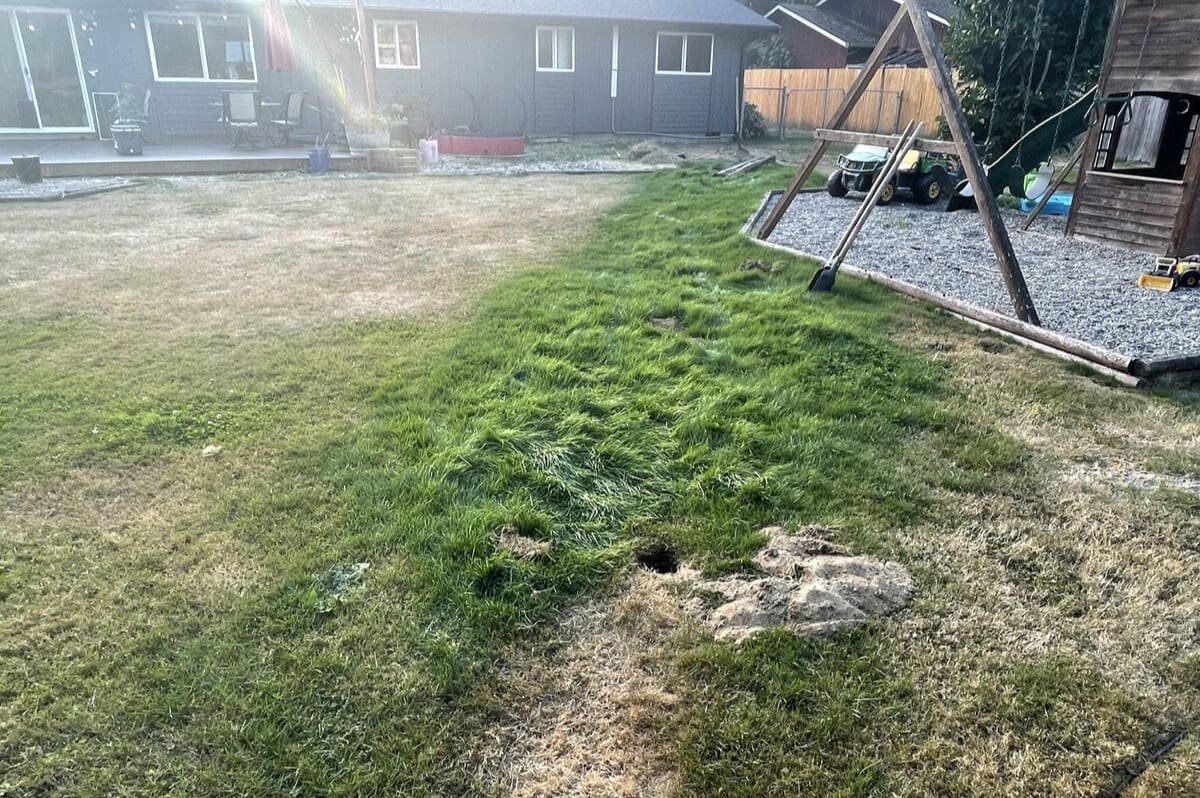

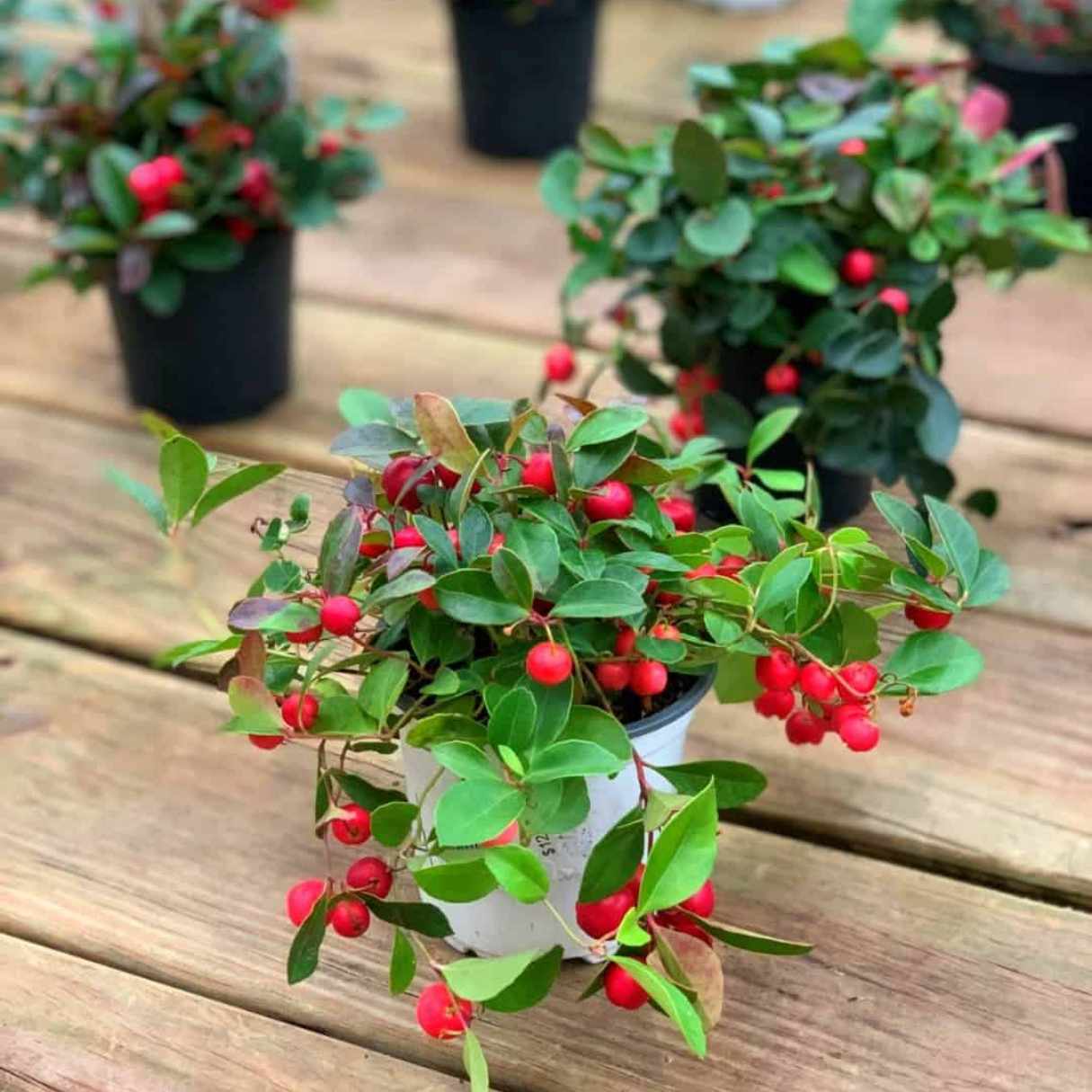
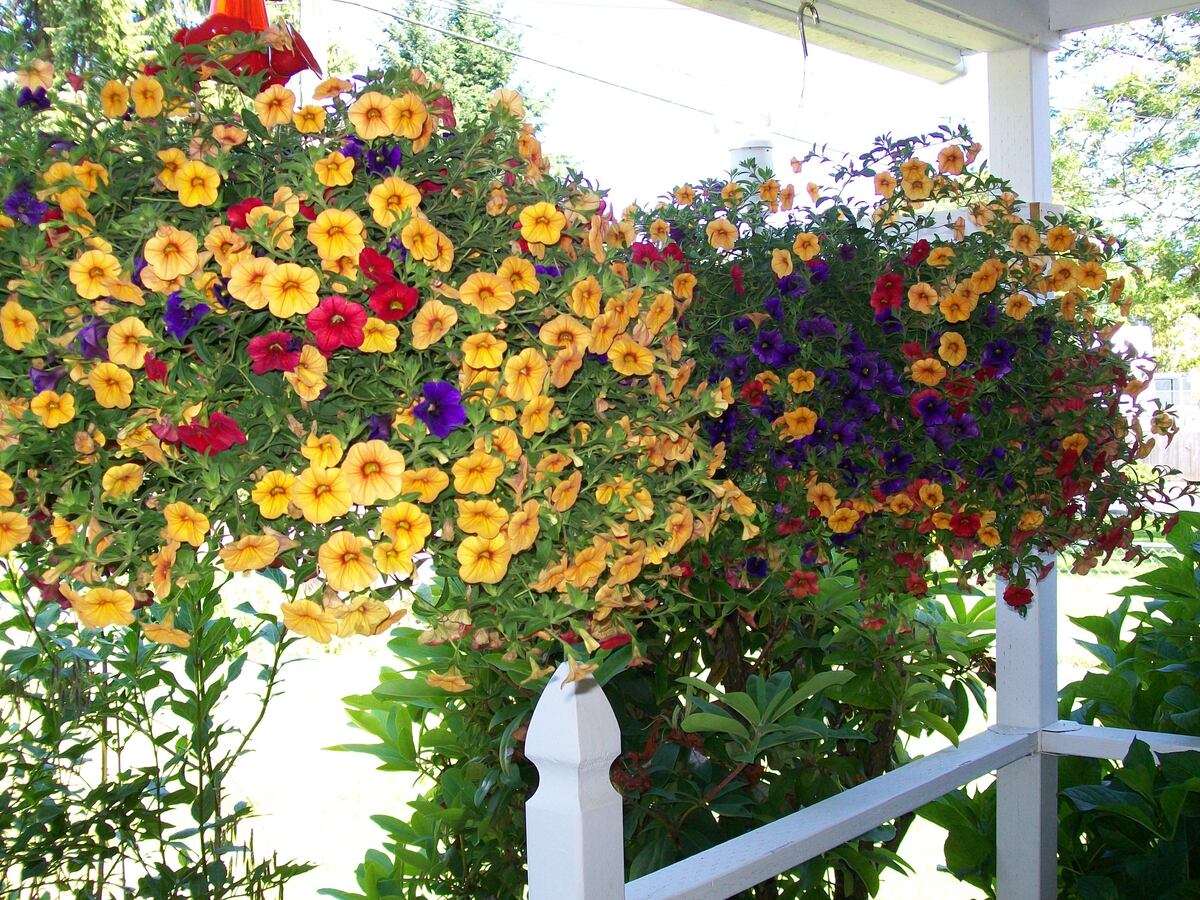



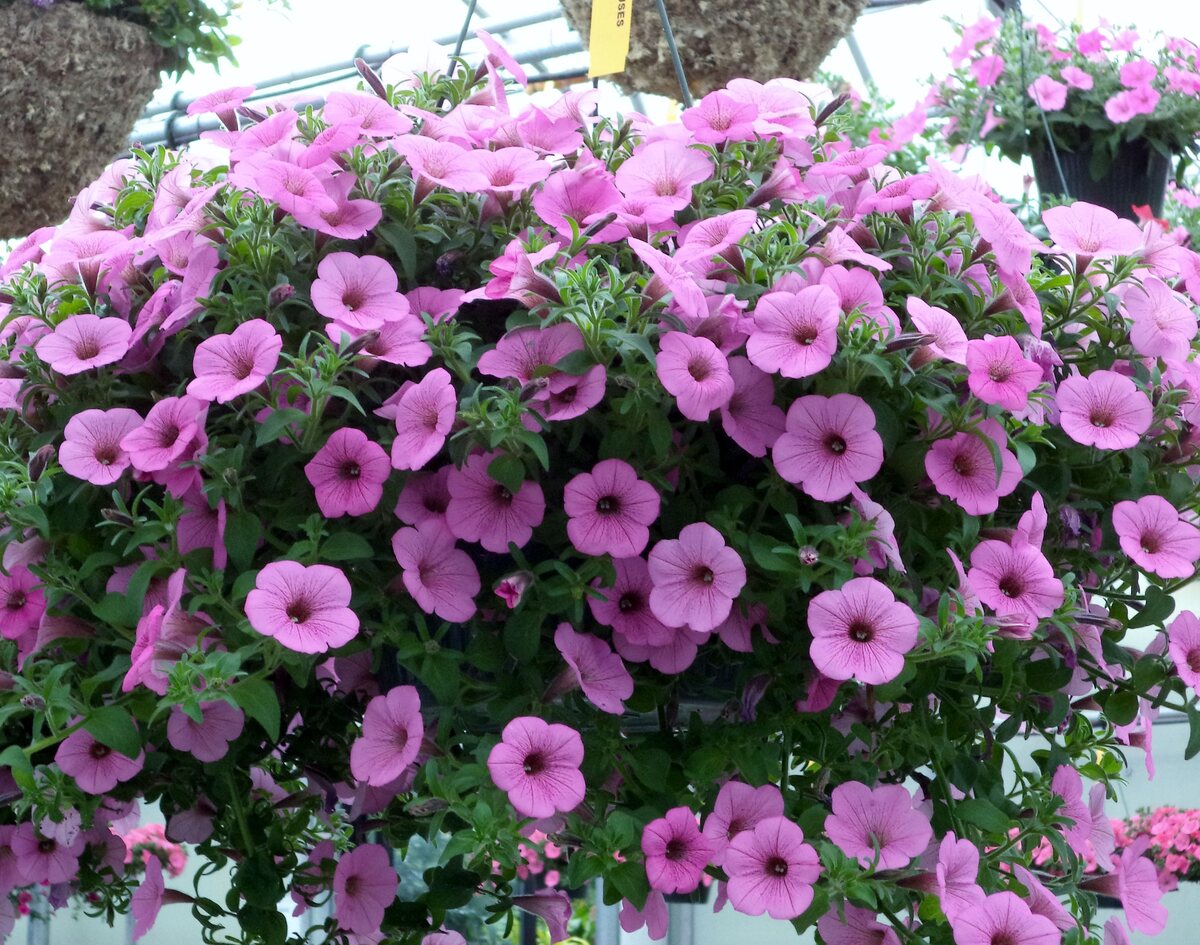
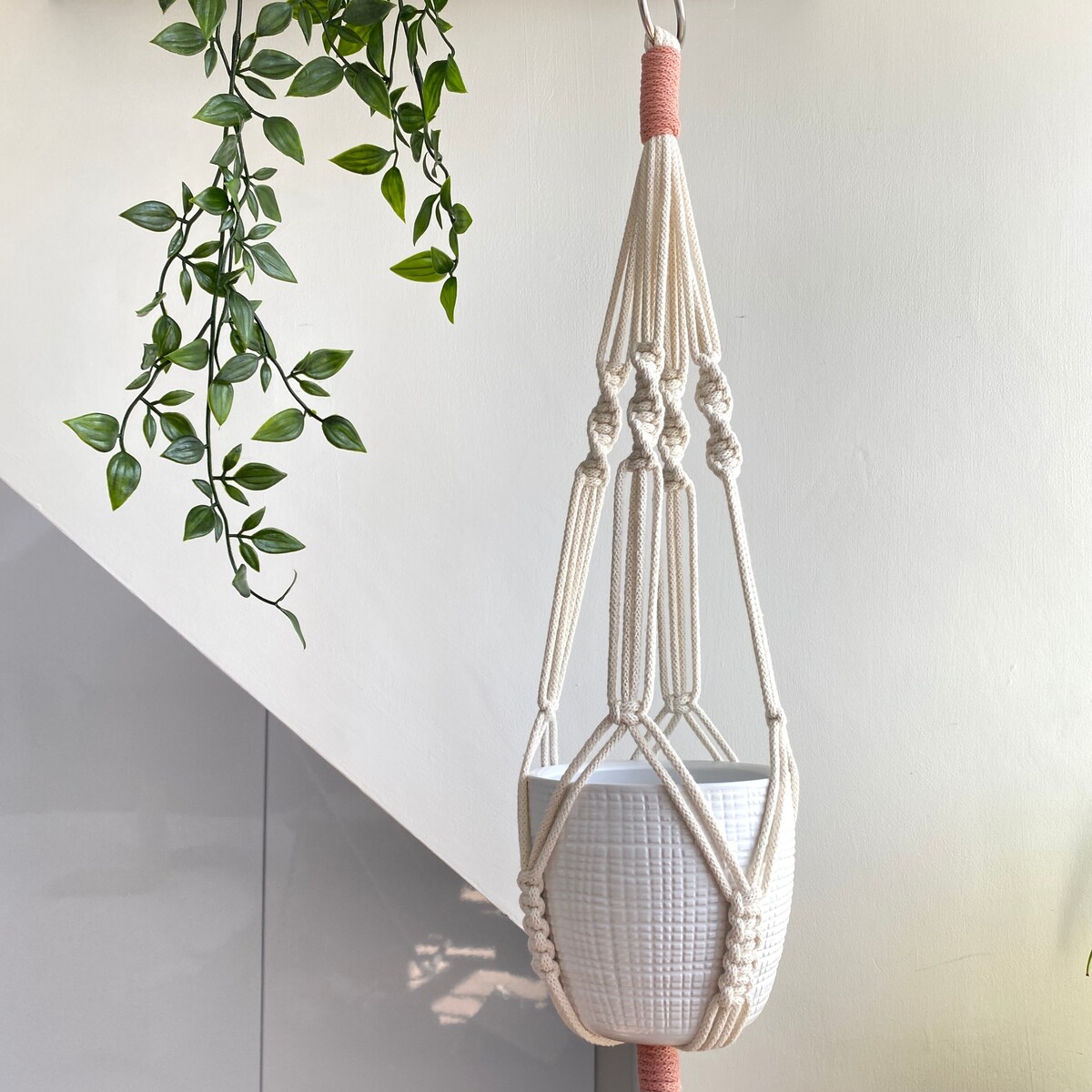
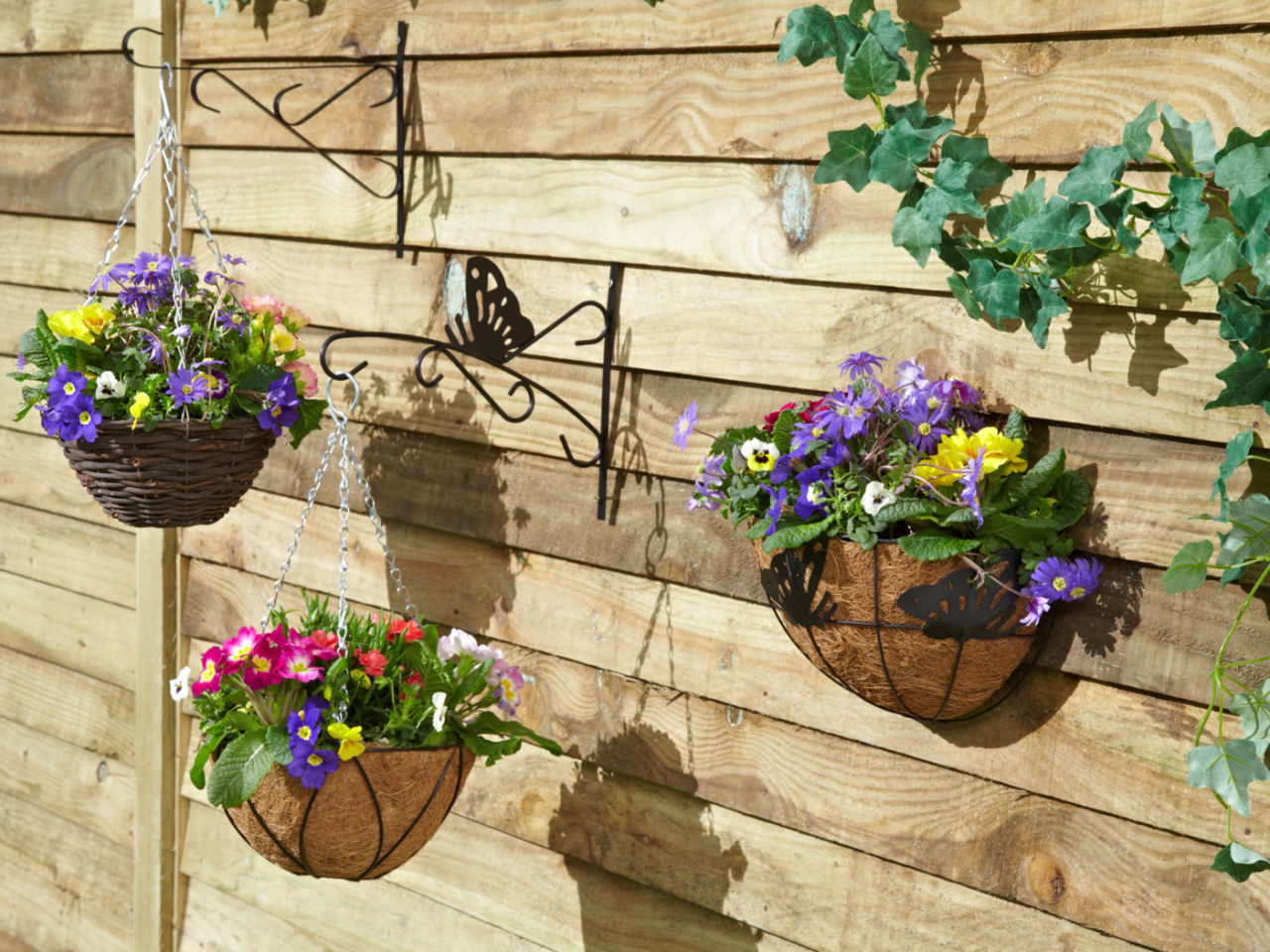
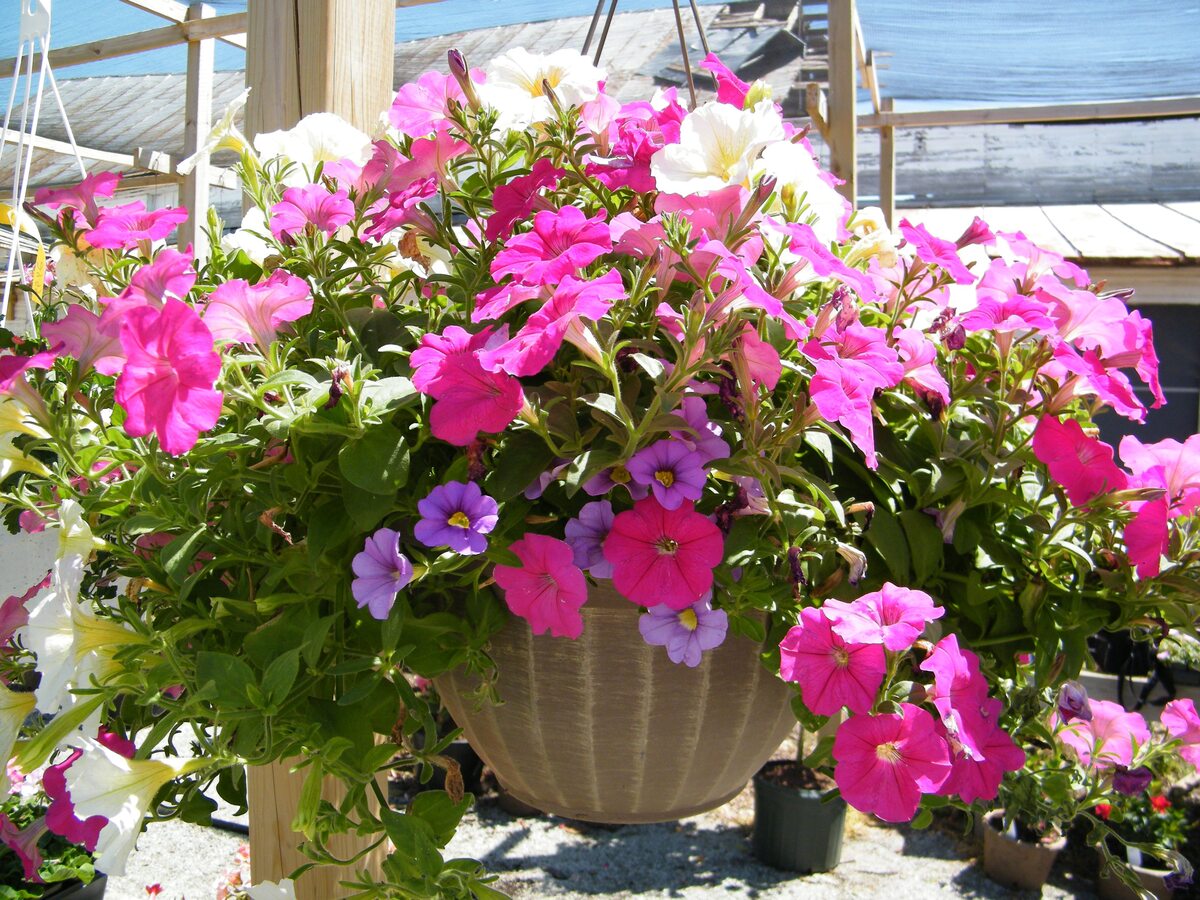
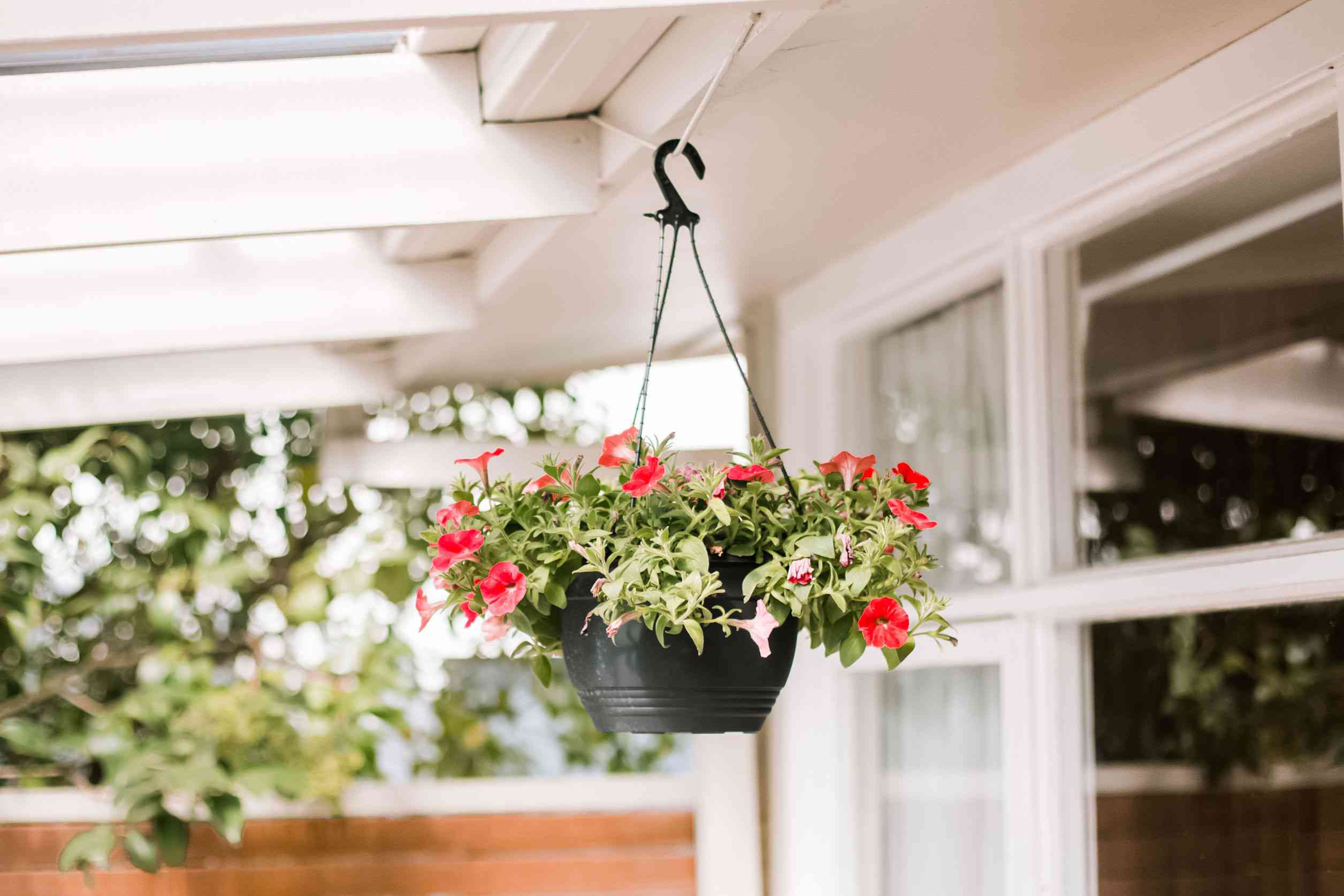

0 thoughts on “Why Are My Hanging Baskets Dying?”